This site is part of various affiliate programs. Links may give us a small compensation for any purchases you make, at no additional cost to you. Please read the disclaimer policy for full details.
In short, when comparing the Contax G1 vs G2, the Contax G2 is the successor of the Contax G1 and, as such, is the superior camera in nearly every aspect. That said, the G1 is the budget choice since it costs four times less than the superior G2.
When it comes to rangefinders, Kyocera did the unthinkable back in the day and released autofocus rangefinder cameras. The Contax T, T2, T3, and TVS were fixed lens autofocus rangefinders, while the Contax G1 and G2 were aimed towards the pros, with interchangeable autofocus lenses.
Back then, most people were used to manual focus cameras since there weren’t many autofocus cameras available, especially not compact ones.
The cameras were exceptionally well built, where base models were made from Titanium, and they all used high-quality Carl Zeiss lenses. Of course, Contax started out as a Carl Zeiss-designed camera model, and later it turned into a brand that was developed and produced by Kyocera in Japan.
The G1 and the G2 were the most prominent cameras that Kyocera produced. Less than ten years after the release of the G2, Kyocera exited the camera market completely, thus making Contax an indefinitely dormant brand.
Being a true revolution, exceptionally stylish and well designed, feature-packed, and retro looking, makes the Contax G1 and G2 highly sought-after rangefinders nowadays.
So, if you are in the market for a G1 or G2 but aren’t sure which one is the right choice, this article is written to help you make the right decision.
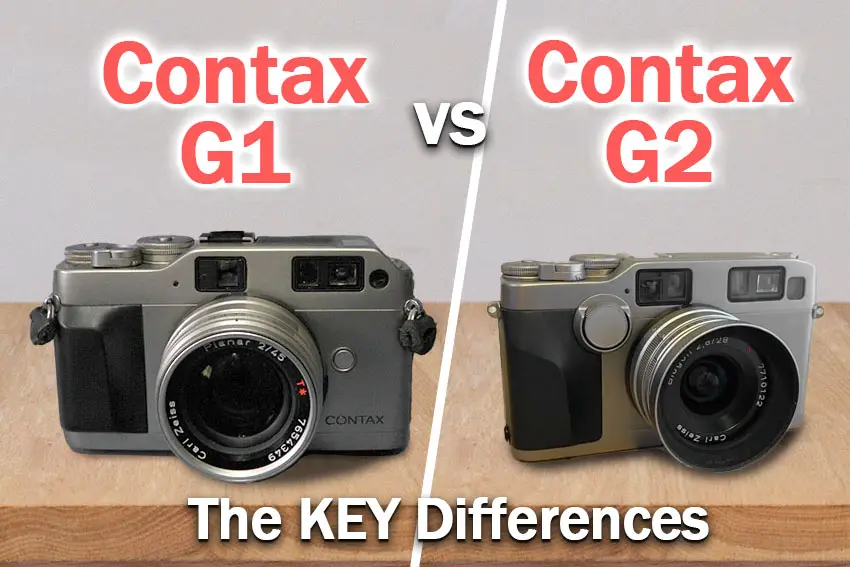
Contax G1 Overview
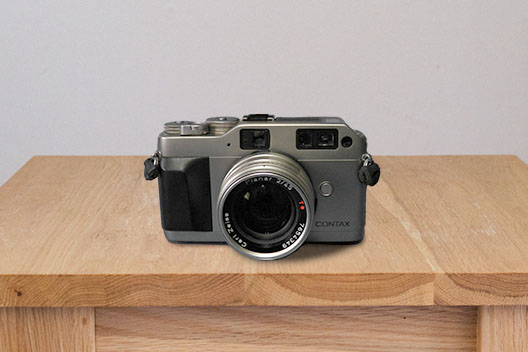
Features
- Film: 35mm, DX ISO 25-5000. A manual setting between ISO 6 and 6400.
- Shutter Speed: 16s – 1/2000s in auto, and 1 – 1/2000 in manual.
- Flash Sync: 1/100s
- Autofocus System: Passive Phase Detection with AF assist lamp.
- Burst speed: 2fps.
- Size: 133×76.5x35mm
- Weight: 450g
Back in 1994, when the Contax G1 was released, it boasted various electronic features designed with ease of use in mind. Kyocera wanted to improve on the limitations the Contax T and T2 had, mainly in the focal length department.
The Contax T and T2 were fixed lens point-and-shoot cameras, whereas the G1 came with a couple of different lens options and a rangefinder that zoomed in depending on the lens you have mounted. Unlike today’s cameras, where you have a wide plethora of lenses to choose from, the G1 has only a few.
Out of the box, you could use a 16mm f/8, 28mm f/2.8, 45mm f/2, and a 90mm f/2.8. However, a “green label” G1 is modified to accept two more lenses: a 21mm f/2.8 and a 35mm f/2. The modification is done by Kyocera, meaning that back in the day, you could either buy a “green label” G1 or send your “silver label” G1 to Kyocera to be “modified/upgraded” to accept the newer 21mm and 35mm lenses. All lenses are high-quality Carl Zeiss producing exceptionally sharp and good-looking images.
The viewfinder automatically adjusts to the focal length of the lens attached, with the exception of the 16mm and 21mm lenses, for which you’ll need an external viewfinder.
The camera focuses by using two CCD arrays to achieve phase detection in the middle of the frame. That is the passive component of the autofocus system. For dimly lit subjects, an AF assist lamp turns on. In other words, the autofocus might struggle in low light for subjects further than 2-3 meters.

You can use a single shot (focus lock) or continuous autofocus. However, that is controlled by the drive mode of the camera. This means that if you want continuous autofocus, you’ll have to use continuous shooting mode too, and vice versa.
The autofocus motor is in the camera and uses a screw to drive the focus in the lens. So expect some noise, since it is not the quietest.
Moreover, the camera is designed to be nearly fully automatic. That means that the camera will measure exposure via center-weighted metering and adjust the shutter speed accordingly. Essentially being an aperture priority automatic mode.
It will also measure flash exposure via TTL metering and adjust the flash power of the compatible TLA 140 and TLA 200 flashes.
Looks-wise, it is a relatively stylish camera with a titanium build and finish, which also comes with a rarer black titanium variant. Being made out of Titanium, it is a quite durable camera. The lenses come in the same two finishes to match the camera accordingly.
- Pros:
- Great looking retro camera with a titanium finish.
- Durable due to the titanium casing.
- All lens choices are sharp and excellent Carl Zeiss T* Lenses.
- The viewfinder adjusts itself to the focal length of the lens.
- Has Automatic Metering, Focusing, and Film Advance and Rewind.
- Quite affordable on the used market.
- Cons:
- Autofocus can struggle in low light for subjects that are further away.
- Manually focusing is quirky and needlessly complex.
- The viewfinder is a bit dark and small.
- If you want to use more lenses, you’ll have to look for “green label” G1.
- Slow 1/100s flash sync.
Contax G2 Overview
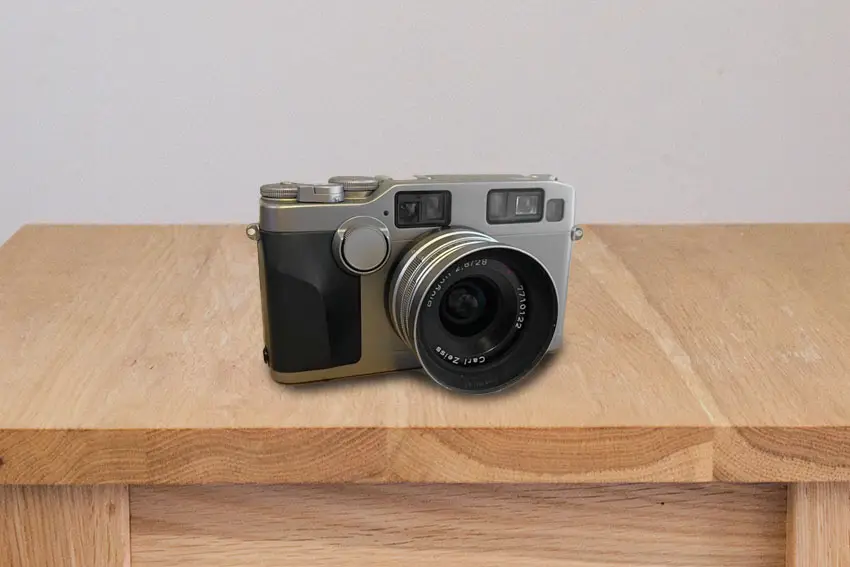
Features
- Film: 35mm, DX ISO 25-5000. A manual setting between ISO 6 and 6400.
- Shutter Speed: 16s – 1/6000s in auto and 4 – 1/4000 in manual.
- Flash Sync: 1/180s
- Autofocus System: Dual Passive Phase Detection and IR Triangulation with AF assist lamp.
- Burst speed: 4fps.
- Size: 139x80x45mm
- Weight: 560g
Two years after the G1 was released, Kyocera released the Contax G2. A successor to the G1, which improved many aspects of the G1 without breaking anything that worked well.
Outright you’ll notice some ergonomics improvements. The manual focus dial is now in the front, which makes the quirky manual focus a little less quirky. Still not great, though.
The shutter speed dial is now where the focus dial used to be, and the old shutter speed deal is now just an exposure compensation dial. On the left side, the drive select button is now a dial, and the ISO button is still a button but a differently shaped one.
The Contax G2 can take all of the lenses that the G1 “green label” could and an additional 35-70mm f/3.5 – 5.6 lens. Of course, the zoom lens is also a Zeiss one.
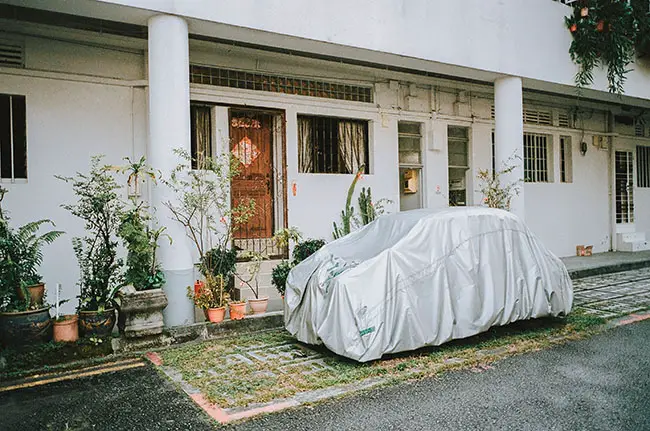
On a more important note, the autofocus system is vastly improved. It features two passive systems with phase detection and infrared triangulation, which enhances accuracy and speed. Moreover, the focus modes aren’t coupled with the drive modes anymore.
The camera has a faster film-advancing motor, which allows it to shoot 4fps without any issues.
Just like the G1, the G2 has the same fully automatic design in mind, which means that it will measure the exposure via center-weighted metering and can adjust the shutter speed accordingly. It, too, will do TTL flash power control. However, unlike the G1, the G2 can sync the flash up to 1/180th of a second.
Design-wise, it is still the same titanium-made sturdy and stylish body, and it doesn’t look that different from the G1 from afar. A black titanium variant is available for the G2 as well, with lenses being available in both finishes.
- Pros:
- Has Automatic Metering, Focusing, and Film Advance and Rewind.
- Improved autofocus system that can handle low light better.
- The viewfinder adjusts itself to the focal length of the lens.
- Carl Zeiss T* Lenses are all excellent.
- Tough titanium casing.
- Retro look works very well.
- Cons:
- Manually focusing is quirky and needlessly complex.
- The viewfinder is a bit dark and small.
- Significantly more expensive than the G1 on the used market.
Contax G1 vs G2 Comparison
We’ve already gone through a short overview of both cameras, which means we can now dive deeper into the direct comparisons between the two cameras. This is the part that will help you understand which camera is better suited for you.
Lens Selection
Both cameras are interchangeable lens cameras, meaning you can use various lenses with them. Unlike the trend with modern SLR and DSLR cameras, where you have a plethora of lenses to choose from, from different first and third-party manufacturers, with the Contax G system, you are limited to the handful of lenses Carl Zeiss produced for the cameras.
There are precisely seven lenses that Carl Zeiss produced for the Contax G line:
- 16mm f/8 Hologon
- 21mm f/2.8 Biogon
- 28mm f/2.8 Biogon
- 35mm f/2 Planar
- 35-70mm f/3.5-5.6 Vario-Sonnar
- 45mm f/2 Planar
- 90mm f/2.8 Sonnar
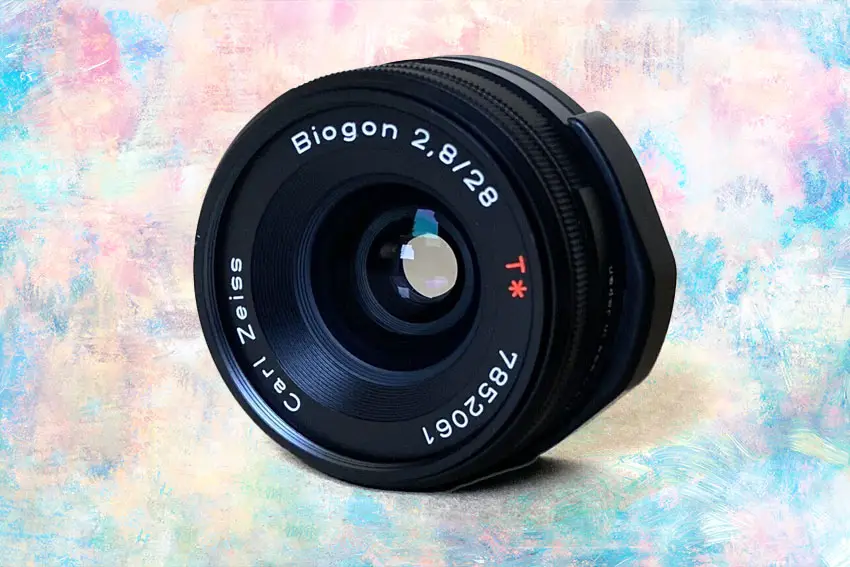
To understand which lenses can be used with which camera, first, you need to realize that there are two G1 variants: silver and green labels. The label is in the film compartment, and green label G1 means it has been modified from the factory, or an authorized service center, to accept more lenses than the regular G1.
So, the regular G1 takes the following lenses:
- 16mm f/8 Hologon
- 28mm f/2.8 Biogon
- 45mm f/2 Planar
- 90mm f/2.8 Sonnar
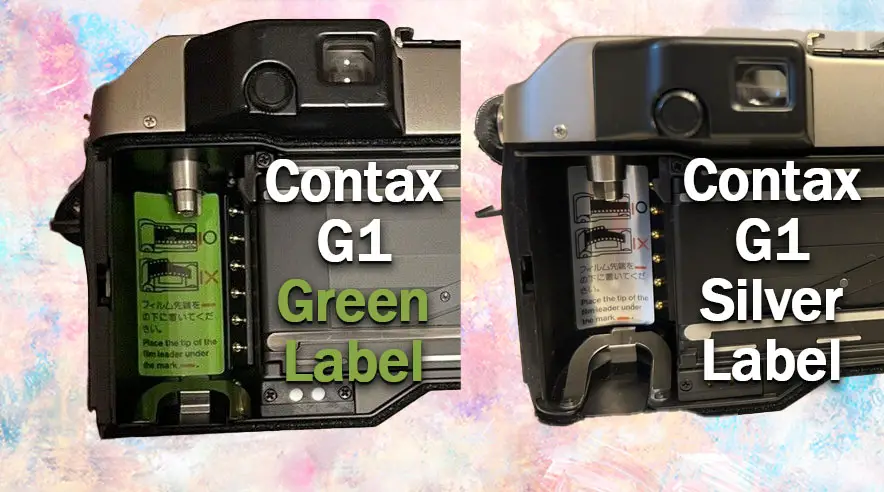
The green label G1 takes all the regular G1 lenses, plus the following:
- 21mm f/2.8 Biogon
- 35mm f/2 Planar
The Contax G2, on the other hand, can take everything that the G1 and G1 green label can handle, plus the 35-70mm f/3.5-5.6 Vario-Sonnar, which means that you have a wides variety of lenses with the G2.
The G1 and G2 can adjust their viewfinders automatically between 28 and 90mm, which means for the 16mm and the 21mm lenses, you’ll need an external viewfinder mounted on the hot-shoe. The G2 also adjusts the viewfinder for the zoom lens, which is quite neat.
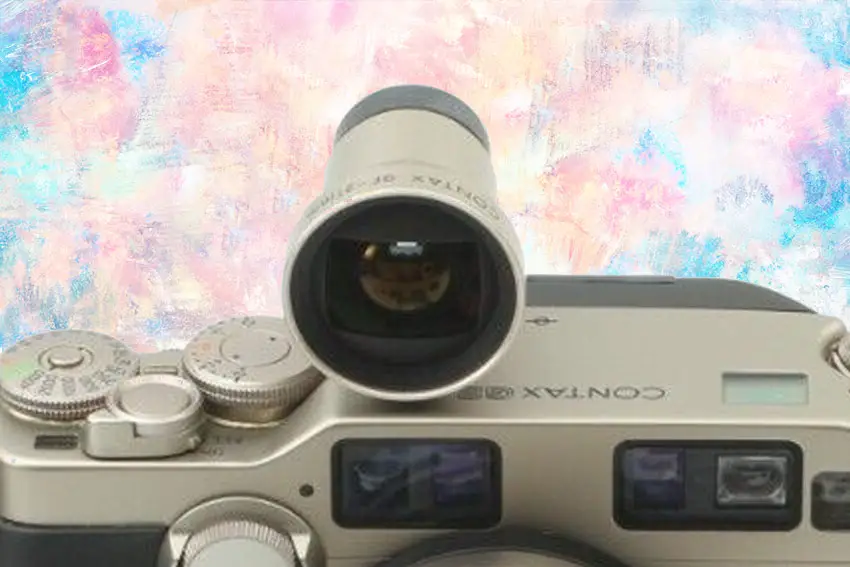
Except for the 35mm and the zoom lens, all lenses are exceptionally sharp with excellent color rendition. Some people consider the 35mm lens the weakest link among the prime lenses, even though it is the newest prime in the bunch. The zoom lens is a bit softer compared to the prime lenses, but that is to be expected from a zoom lens from the nineties.
In summary, if you are going for a G1, go for a green-label one since you can use more lenses. Otherwise, if you want to use all the lenses, then go for a G2.
You can use a GA-1 adapter for Contax SLR lenses on the G1 and G2. The adapter can be set to adjust the viewfinder to the correct focal length, and it will allow the cameras to measure the distance to the subject. The bad thing is you’ll have to set the distance the camera gives you to the lens focus scale. In other words, you are focusing pretty much blindly.
Autofocus
On both cameras, the autofocus will be slow, noisy, and unreliable if you measure it by today’s standards. That being said, the autofocus was revolutionary for the time, and if you use it properly, it will serve you well.
Bear in mind that there are significant autofocus differences between the two cameras. The Contax G2 being the successor, it has the more advanced autofocus system, which has two passive systems aided by an active AF assist lamp.
That means the G1 has two CCD sensors in two different windows (you’ll see the windows left and right above the lens, next to the viewfinder), and the camera compares the images between the two sensors to achieve correct focus.
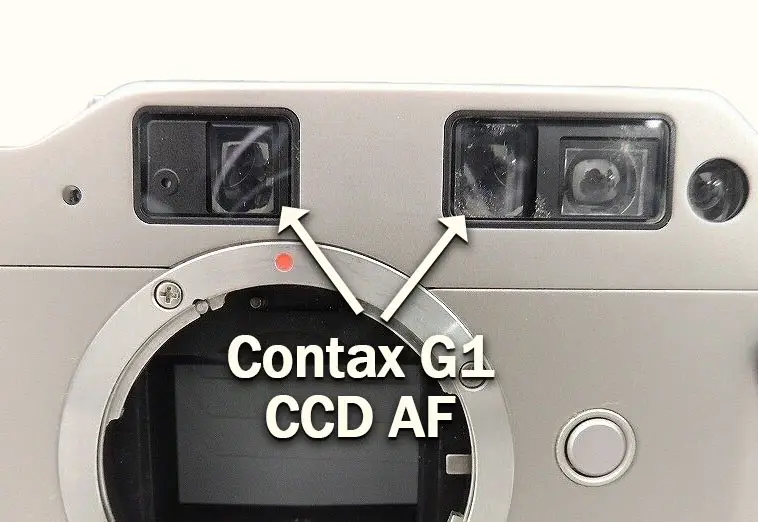
This method is similar to the modern phase detection autofocus, just a bit rudimentary. In low light, an AF assist lamp lights up to aid the phase detection autofocus for close subjects.
The G2, on the other hand, has an improved phase detection autofocus via CCD sensors, which is aided by an infrared system with triangulation. That means it will focus faster and better than the G1 and handle low light with increased consistency.
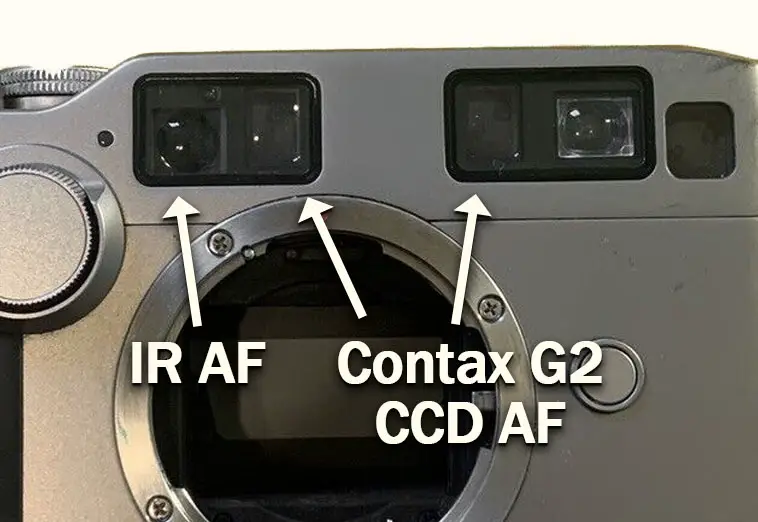
Both cameras have some inconsistencies when focusing with the 90mm lens. Therefore, if you see yourself using the 90mm lens the most, you’ll have to be a bit more careful when focusing with it.
Moreover, both cameras are capable of Locked Focus and Continuous focus methods, meaning they can track a subject if it is not moving too fast.
However, the Contax G2 autofocus system’s superiority means it will track more consistently, and you can use the continuous autofocus with a single shot or continuous shooting modes. With the G1, if you want continuous autofocus, you’ll have to use continuous shooting mode too. They are linked together.
All in all, autofocus-wise, the G2 is superior in every aspect.
Shooting Modes and Usability
From the aspect of automatic modes, both cameras feature the same modes. However, there are subtle and not-so-subtle differences there.
Because the G2 uses a different shutter mechanism, it can shoot up to 1/6000th of a second, which is a significant improvement over the 1/2000th of a second maximum with the G1.
The improved shutter mechanism over the G2 means that you can set the camera to do exposures from 4 seconds up to 1/6000th of a second in manual mode, a significant improvement in the range compared to the 1 second to 1/2000th of a second with the G1.
The faster shutter mechanism of the G2 allows for a faster flash sync speed of a respectable 1/180th of a second, an almost one-stop improvement over the 1/100th of a second of the G1.
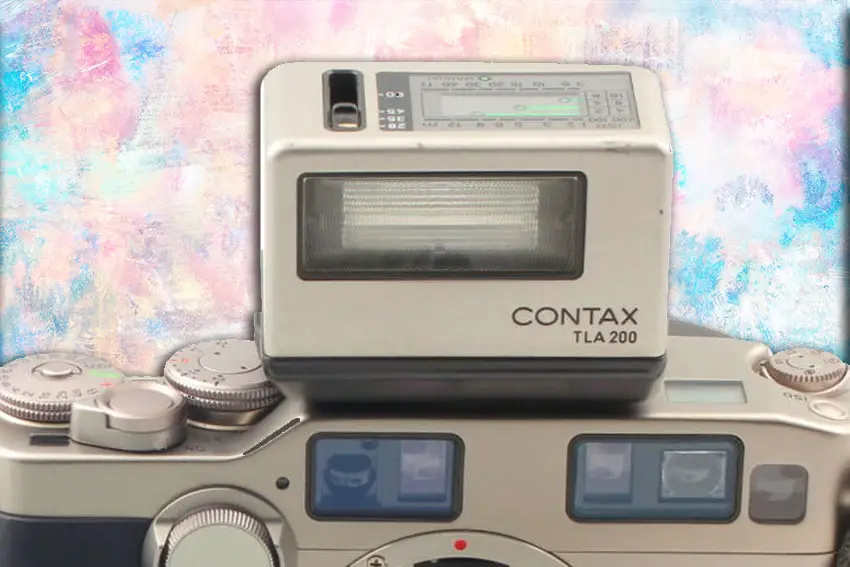
Having an improved shutter mechanism and a faster film winding motor allows the G2 to shoot up to 4 frames per second, a 100% improvement over the two frames per second on the G1.
Moreover, in the drive mode selection of the Contax G2, you can select between 2fps and 4fps by selecting CL and CH, respectively. The Contax G1 doesn’t have slow or fast burst rate control.
By removing the manual focus dial from the top dials and placing it on the front side of the camera, Contax resolved a good amount of the ergonomic problems that the G1 had. This way, you can control the shutter speed and exposure compensation via different dials, and the manual focus dial is out of the way from the exposure control section of the camera.
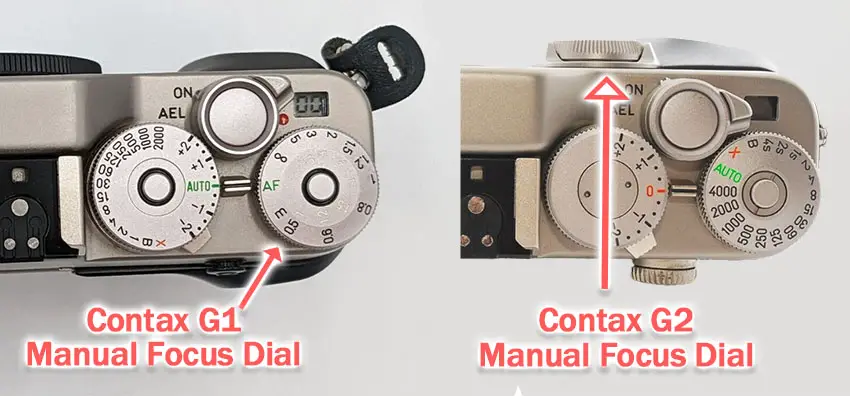
Both the G1 and the G2 allow for diopter correction on the viewfinder. However, the G2 allows for a diopter lens to be inserted for correction past the built-in one. You can probably do the same on the G1, but it will require some creative thinking and won’t be a plug-and-play solution.
While we are on the viewfinder topic, the viewfinders between the two cameras are identical. Both show a focus bar, so you know whether you are in focus or you are back or front focusing. Both show whether you have exposure compensation, and both show whether you are over or under-exposing. Moreover, both will show you the shutter speed but without the fraction. So a 200 means you have a shutter speed of 1/200th of a second.
Both cameras can do double exposures, and both cameras can do exposure bracketing.
Simply put, in this case, too, the G2 is a superior camera with greater flexibility.
Style and Design
Given that both cameras look nearly identical and are made from the same materials, the design and durability won’t differ much. Both are made from titanium with durability in mind.
You can find both in the clean titanium, which is sort of a champagne color, or the black titanium variant, which is darker. Lenses come matched in the same champagne or black titanium.
On the used market, the black titanium variants of both cameras fetch a higher price since there were fewer units produced, thus being rarer, especially for a wholly matched set with all the bells and whistles.
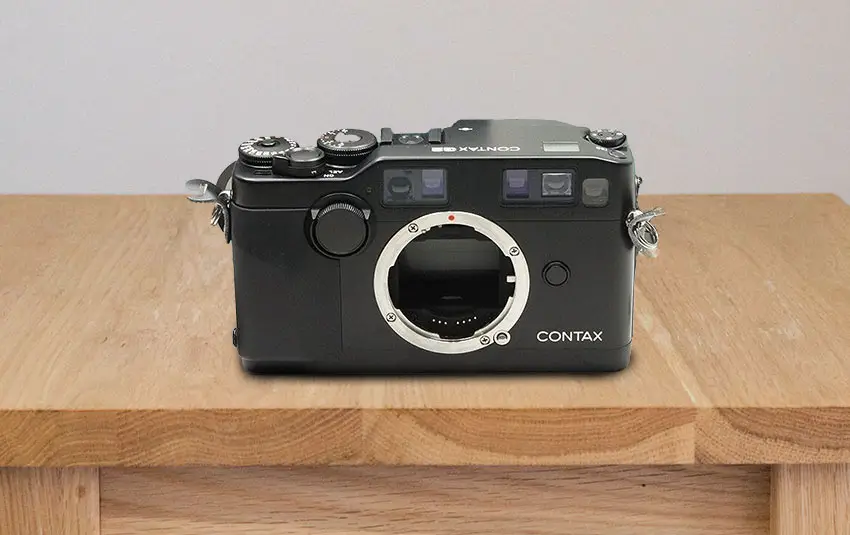
However, since the G1 is a simpler and a bit more limited camera, it means that it has fewer dials visible, thus being a bit cleaner design-wise. The G2 has a large manual focus dial from the front, which somewhat ruins the symmetry.
The G1 is also lighter by around 90g and marginally smaller, which might be a feature for some photographers. Both cameras fit well in hand, are pretty ergonomic, and can be operated easily. The G2, depending on the copy, can sometimes have a slightly loose drive selection dial, which you can accidentally change.
That being said, design-wise, from a subjective standpoint, the G1 is the winner by a slight margin. However, having the dials in a better position puts the G2 on top from a usability standpoint.
Price
These feature-packed rangefinder cameras come at a price. Depending on your tolerance for used items, the price will vary. But in general, the G2 is significantly more expensive than the G1.
On eBay, you can find a mint condition champagne G1, body only, for around $300. A G2 in the same condition and color will set you back around $1200.
A 3 lens set (28mm, 45mm, 90mm) and a G2, champagne color in mint condition will cost around $2100 or more. In comparison, a green label G1 with the same three-lens set will cost $1100.
If you wish to get the rarer black variant, a G2 with the three lens set and a TLA200 flash, all matching colors can set you back upwards of $8000. That is a steep price to pay for gear that is that old and has limited serviceability.
Price-wise, the G1 is the more affordable option, where the G2 costs around four times more. Since the lenses are the same, their cost is the same whether you use a G1 or G2. The black variant is significantly more expensive and probably worth it for collectors.
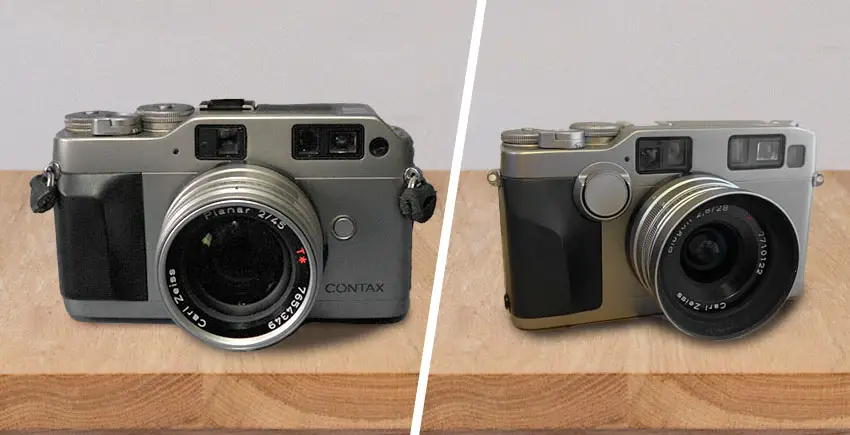
Remember that accessories for cameras like this can add up to the price quickly, as some titanium lens caps or hoods can fetch $30-$50 easily.
Also, keep in mind that the CR3 batteries this camera uses might be hard to find, depending on where you live. So you should stock up on a couple if you plan to travel with the camera, as you might not be able to find them easily in every part of the world.
Contax G2 vs G1 Photo Examples
Below are a few example photos from both the Contax G2 and G1 to give you an idea of their capabilities. Note that the final result is more dependent on 35mm film quality and photographer skill than on the camera!
Contax G1 Photo Examples
Contax G2 Example Photos
Which is the Better Option Between the Contax G1 vs G2?
Both are very advanced film rangefinder cameras, and their technologies are hard to match, especially for their era. Their main competitors are the manual focus offerings, which come in the form of Leica, which costs a fortune.
That being said, since the G2 is a successor of the G1, it means that it is superior in nearly every aspect there is, although the superiority is marginal, and the G1 isn’t a bad camera by any means.
Many pro photographers still hold on to their G1’s since they do the job, and if anything breaks, the bill to repair or replace them is significantly smaller.
On the other hand, if money isn’t an issue, and you want the utmost superiority, the G2 is the way to go. If your budget is a bit tighter, then the G1 will work just fine, mainly if you haven’t used any Contax previously. It wouldn’t be good to drop more than $1500 for a camera and a single lens to realize that a rangefinder isn’t for you or that you don’t like what Contax offers.
Keep in mind that we are talking about cameras over 25 years old, and the supply is slowly diminishing. So take that into consideration when you are deciding between these two cameras.

Contax G1

Contax G2
Read More:



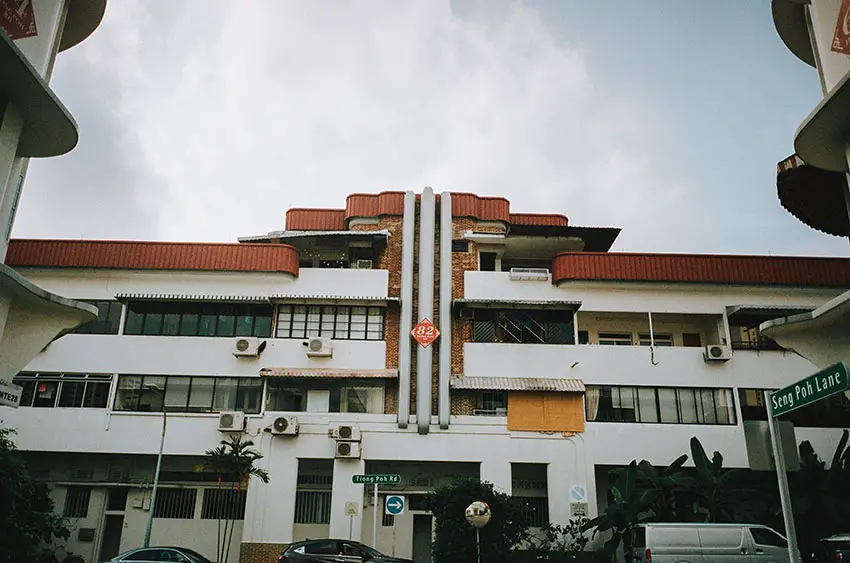


![[FIXED] TCL Roku TV Stuck on Red Screen?](https://www.lapseoftheshutter.com/wp-content/uploads/2021/10/tcl-roku-tv-stuck-on-red-screen-340x226.jpg)
![Element Roku TV Vertical Lines on Screen? [FIXED]](https://www.lapseoftheshutter.com/wp-content/uploads/2021/10/element-tv-vertical-lines-on-screen-340x226.jpg)


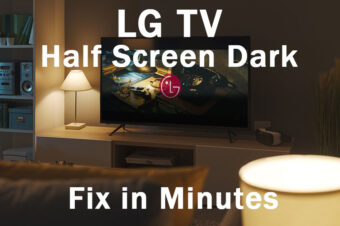
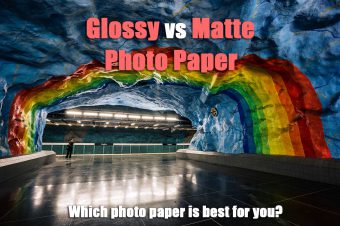
Leave a Reply